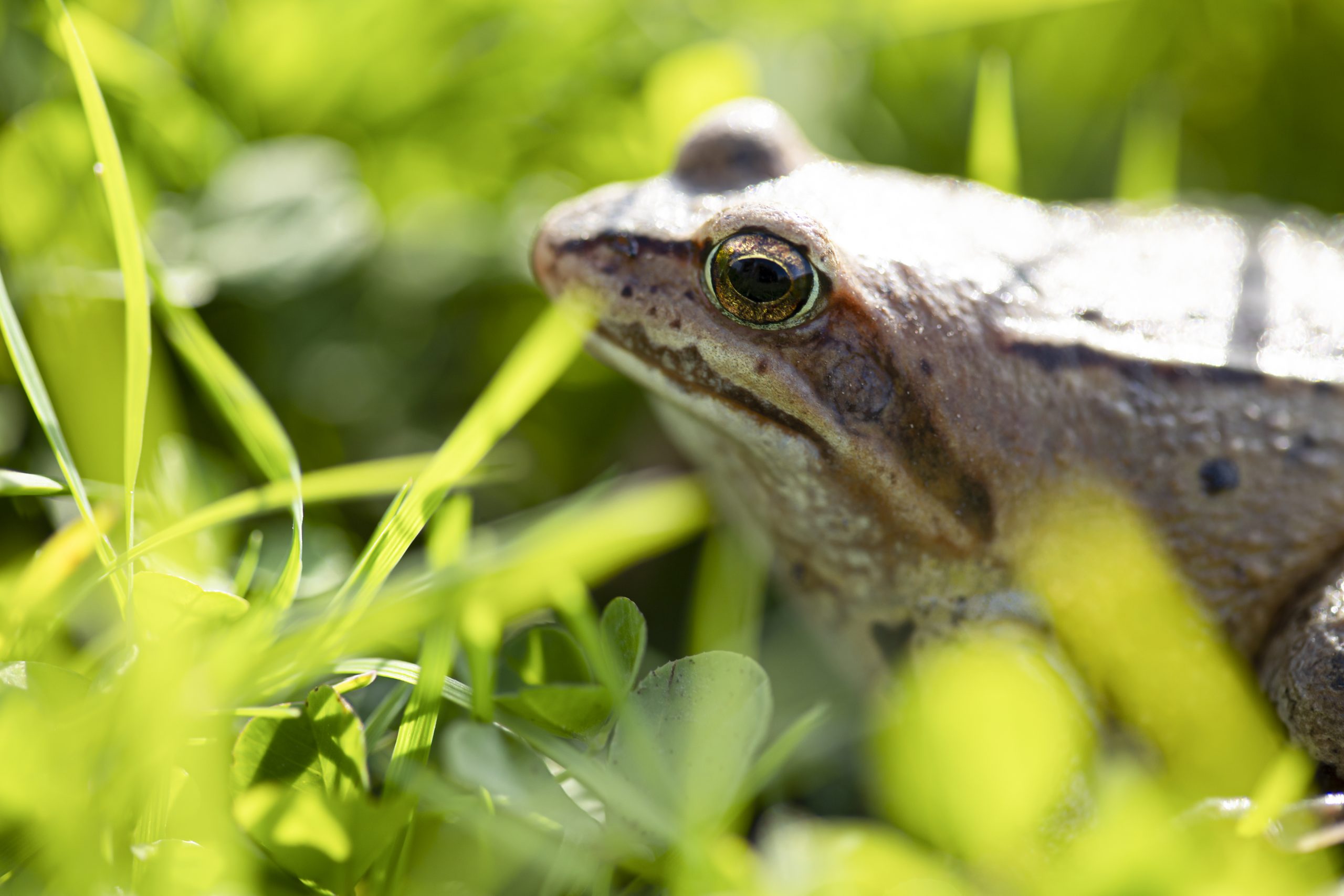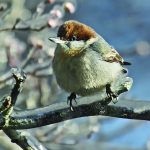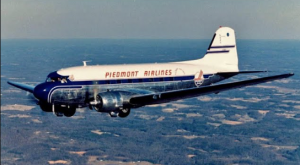
A Long Song That Heralds Our Own Survival
By Jim Dodson
As I was leaving the Chapel Hill Country Club following a dinner talk the other night, heading home to the Sandhills with car windows open to the first balmy night in months, a wonderful sound stopped me in the middle of the road. It was music to my ears.
It was the sound of frogs croaking and peeping like mad from a nearby bog.
It was the sound of amphibians in love, one of the true and earliest signs of spring’s arrival.
Frogs and amphibians are believed to be the oldest living land creatures on earth and among the most endangered group of animals on the planet. By some estimates, a third of the world’s 2,000 species of frog are on the brink of extinction owing to man-made pollution, loss of habitat, natural predators, pesticides that disable their immune systems, climate change, road mortality and over-harvesting for pets and human consumption.
Since 1979 more than 200 species of frogs have already gone extinct.
Why should you and I care? Frogs are slimy, warty and resemble aliens, or least that strange dude who lives with his elderly mother down the street. And if you touch them you’ll become a warty mess, right?
Not true. Frogs and bats get the same bum rap. Both are critical to our web of life on this planet.
To begin with, frogs eat billions of disease-carrying ticks and mosquitos every year, not to mention gobble up viruses found in stagnant ponds. Moreover, their allegedly slimy skins — which are often stunningly beautiful — secrete substances that are vital to skin treatment in humans. Frogs used in medical research, for example, were critical to ten percent of the investigations that resulted in Nobel Prizes for physiology and medicine, while frogs that give it up naturally to birds and native species of fish are an invaluable part of the food web that makes up the complex biodiversity of the planet. Like canaries in the coal mine, frogs are a powerful bio-indicator of the living world’s general health.
A growing body of evidence beginning to appear consistently in the mainstream press these past few years suggests food preservatives and genetically modified food — including pesticides that have decimated honeybees and frogs — are a prime source of skyrocketing cancer rates in humans. Many health experts warn they will jump by 50 percent over the next decade, one more reason locally sourced organic foods and farm-to-table movements are growing like kudzu in an abandoned house.
Feel free to call me a frog-loving tree hugger if you like, but as vanishing frog and honeybee populations go, so goes our lonely green planet. Their fate holds a darkling mirror up to our own mortality.
My own frog awakening came two decades ago when a neighbor who lived by a nearby wetland in Maine invited me to go “frog-seeing” instead of “frog-gigging” on the warm nights of late March when the ice disappeared and the marsh came alive with frogs in search of mates, croaking their love-sick heads off.
She was a naturalist and state ecologist, the first person I ever heard say that if spring ever comes and you don’t hear the frogs wooing in the wetlands, man’s own wooing days on this earth will be severely numbered. In 1962, writer Rachel Carson said pretty much the same thing and gave birth to the nascent environmental movement in America. That prompted fierce opposition and scurrilous personal attacks from the chemical industry and right-wing nitwits for the publishing of Silent Spring, Carson’s expose that became a bestseller linking use of toxic pesticides to destruction of the environment and a major threat to the world’s food systems. Critics dismissed her as a liberal nut job and nature loony, even a communist trying to undermine the American way of life. In 1980, however, Carson, who began her career as a marine biologist working for the U.S. Fisheries and Wildlife departments, was awarded the Presidential Medal of Freedom posthumously and her likeness put on a U.S. Postage stamp. Every American today ought to thank their lucky stars she blew the whistle on DDT and other cancer-causing chemicals the corporate farming industry was pumping into processed foods and spraying over neighborhoods of the heartland with impunity.
Her book became the Bible of the environmental movement worldwide and, sadly, is as relevant today as it was half a century ago.
After spending my night with the frogs and subsequently reading Silent Spring, driving home through my neighborhood wetland at night became one of the more entertaining challenges of spring in New England. On any given night in March or early April, thousands of singing hoppers crossed the road to assignations in adjacent vernal ponds, most taking their own sweet time. Those of us who lived in the area knew to take our time to avoid a true frogageddon.
A neighbor’s concerned middle-school daughter even put up hand-made signs by the side of the road that read, “Frogs Crossing — Please Drive Carefully!”
The lusty frog chorus up in Chapel Hill Wednesday night not only reminded me of that sweet annual migration, but announced that Southern winter has finally loosened its grip and spring may really be on the doorstep.
It also reminded me of why I dig frogs and honeybees and plan to do whatever I can to assure they’re with us for a long time.
Over the past few years I’ve had a large and curiously laid-back frog I call Henry inhabit my terrace garden area. He’s so large I have no idea whether Henry’s technically a frog or a toad. He may even be Henrietta — last year I saw a number of baby Henrys hopping around my fern beds. But either way, even Rufus the cat, who briefly tried to stalk and foolishly dispatch Henry but wound up instead being (you’ll pardon the expression) sick as a dog, now respects Henry and gives him wide berth. He’s just part of the backyard menagerie and always seems to be around when I’ve had my fill of human exposure and need some peace and quiet in nature.
There’s worse things than having a cold Sam Adams and reviewing your long day at work with a sympathetic frog whose kind have been on this earth for more than 400 million years. Henry always looks as if he’s heard all of it before but I find I’m always in a better mood after one of our little chats. I look forward to seeing him again this year.
The annual Save the Frog Day is April 26, and a website called Savethefrogs.com can give you plenty of practical reasons why you should love and try to protect frogs, too — and be grateful when you hear their noisy courtship songs on an early spring night, a love song meant to herald our own survival.
Reprinted with permission from PineStraw magazine.





